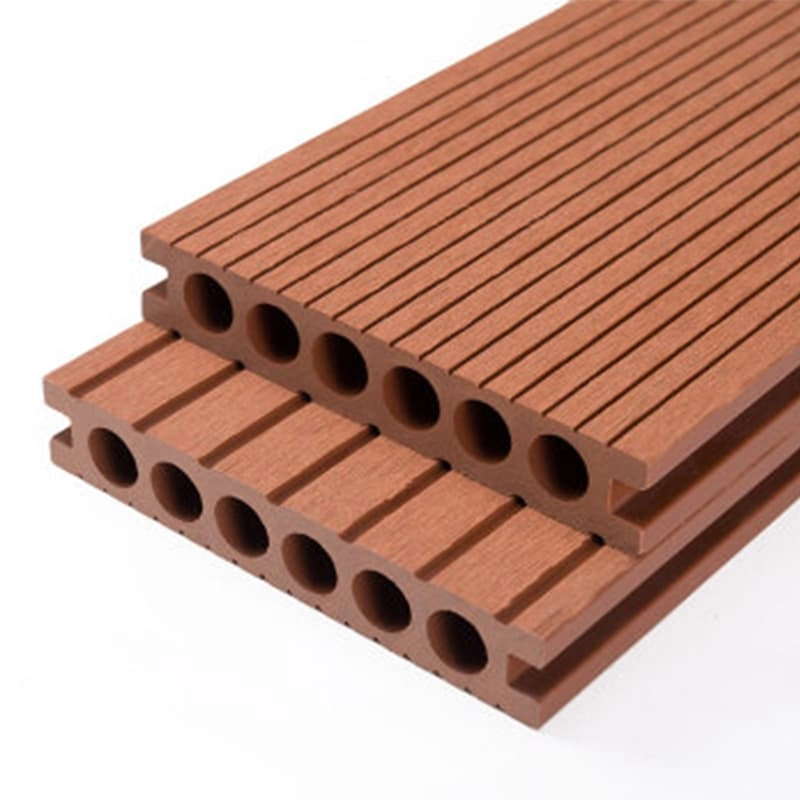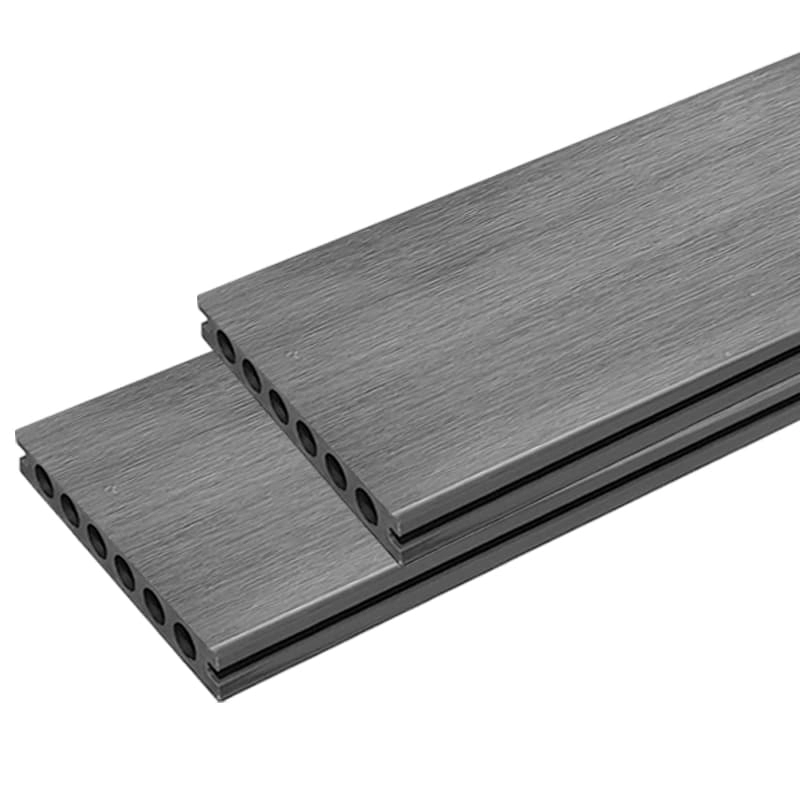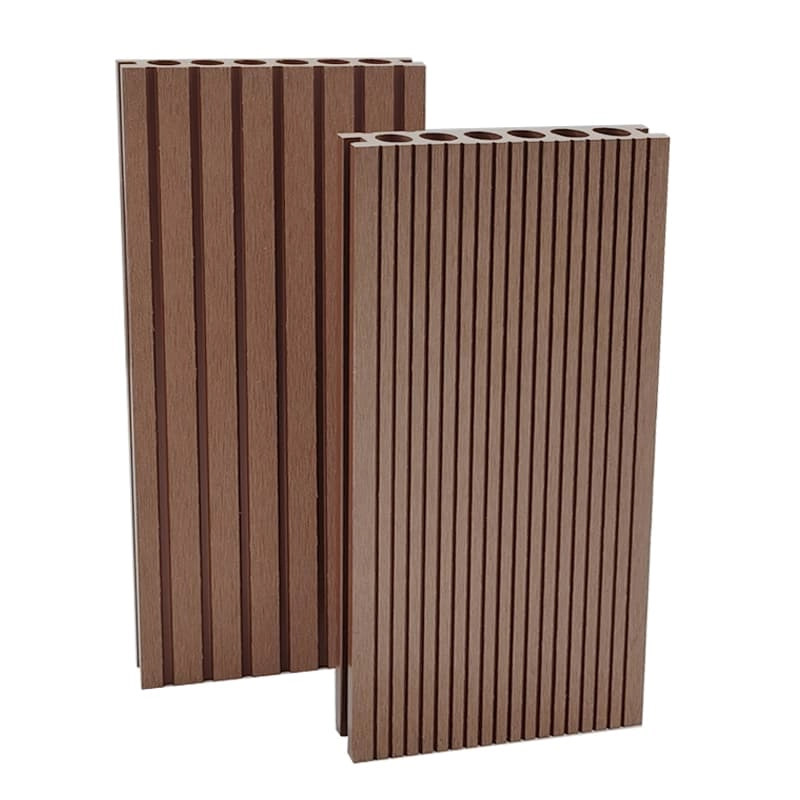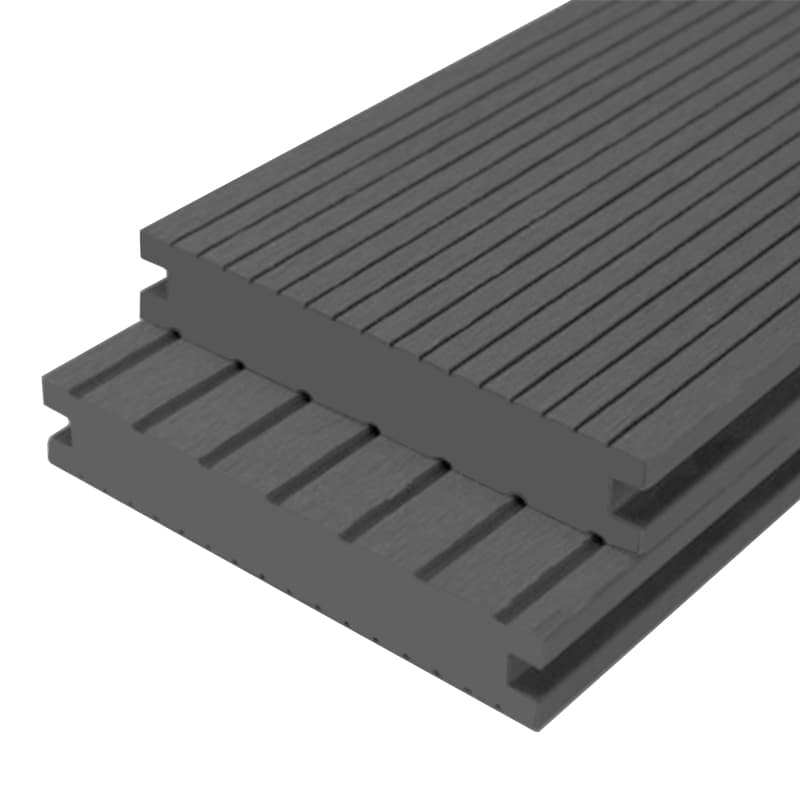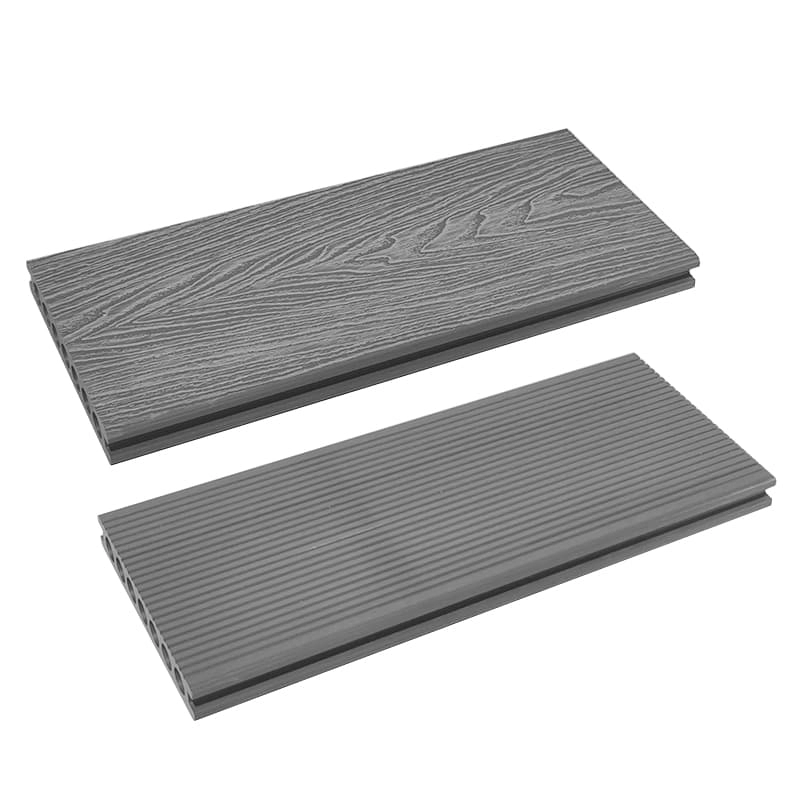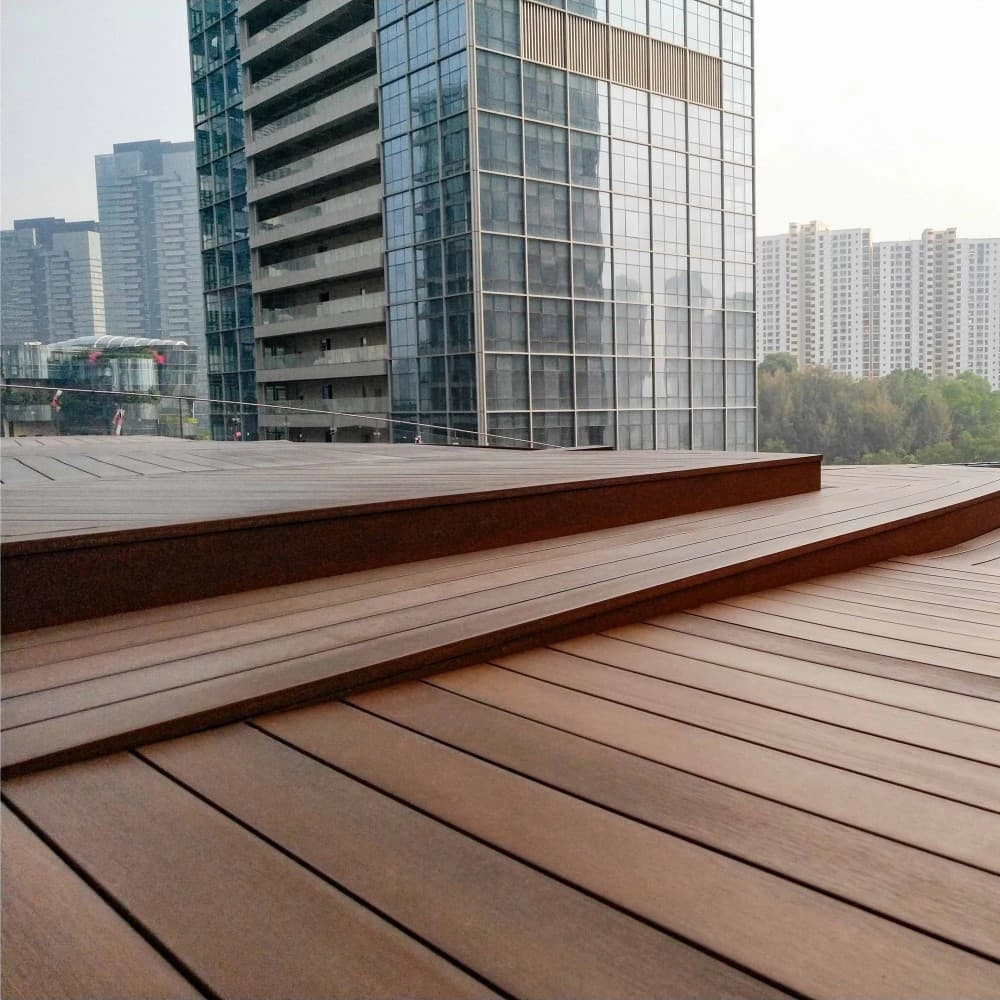Discover the Versatility of Composite Wood for Sustainable Living
Introduction:
Composite wood, also known as engineered wood or manufactured board, is a revolutionary material that is injecting sustainability into the construction and furniture industries. Made by bonding together strands, particles, fibers, or veneers of wood with adhesives, composite wood offers several advantages compared to traditional timber. This article will delve into the versatility of composite wood, explaining its benefits, applications, and contribution to sustainable living.
1. The Advantages of Composite Wood:
Composite wood offers a range of advantages over traditional lumber. It is more affordable, as it utilizes smaller pieces of wood that are otherwise wasted. Moreover, composite wood is stronger and more resistant to warping, cracking, and rotting. It also requires less maintenance and is less susceptible to pest infestations. By utilizing composite wood, we can reduce deforestation and promote sustainable practices.
2. Applications of Composite Wood:
2.1 Construction:
The construction industry is increasingly turning to composite wood for various applications. Composite wood is commonly used in framing, flooring, roofing, and cladding. It provides stability and durability, making it an ideal choice for high-performance structures. Additionally, its versatility allows for innovative designs that were previously unattainable with traditional timber.
2.2 Furniture:
Standing still today and searching into the long run, we sincerely welcome shoppers all around the globe to cooperate with us.
Composite wood has also made its way into the furniture industry. It is often found in cabinets, shelving units, and tabletops. Manufacturers appreciate the material's uniformity and strength, ensuring long-lasting furniture pieces. Composite wood can mimic the aesthetic appeal of natural wood while offering improved resistance to moisture and heat. By opting for composite wood furniture, consumers are making a sustainable choice without compromising on quality and style.
3. Sustainable Living and Composite Wood:
Composite wood is a game-changer when striving for sustainable living. By utilizing wood scraps and residues, it reduces waste and minimizes the need for harvesting new trees. Moreover, the manufacturing process emits fewer greenhouse gases than traditional timber production. As composite wood gains popularity, it contributes to forest conservation efforts and reduces the environmental impact of construction and furniture industries.
4. Environmental Responsibility:
The use of composite wood aligns with the goals of environmental responsibility. By reducing deforestation, it helps protect vital ecosystems that support biodiversity. Additionally, composite wood is often made with non-toxic adhesives, improving indoor air quality and reducing health risks associated with traditional wood treatment chemicals. Choosing composite wood demonstrates a commitment to sustainable practices and a greener future.
Conclusion:
Composite wood is revolutionizing the construction and furniture industries by offering a sustainable and eco-friendly alternative to traditional timber. Its versatility, strength, and cost-effectiveness make it an attractive choice for architects, designers, and consumers. By utilizing composite wood, we can not only reduce waste and deforestation but also contribute to sustainable living and a healthier planet. Embrace the possibilities of composite wood and make a positive impact on our environment.
We have our own registered brand and our company is developing rapidly owing to high quality products, competitive price and excellent service. We sincerely hope to establish business relations with more friends from home and abroad in the near future. We look forward to your correspondence.




